Chesapeake Bay Ecology trip, August 17-18, 2019
Calvert County, MD
Saturday, August 17, 9:30 a.m.
Sunday, August 18, 11:00 a.m.
Fee: $95 Audubon Society of Northern Virginia members, $115 non-members, includes guided tour of Battle Creek Cypress Swamp, lunch on Saturday, admission at the Calvert Marine Museum, and a two-hour private charter on the Dee of St. Mary’s.
Group Limit: 15 participants.
The group will explore Calvert County, MD. They’ll meet at 9:30 a.m. at Battle Creek Cypress Swamp, where they’ll explore one of the northernmost naturally occurring bald cypress stands in North America. Then they’ll head to Solomon’s Island for a guided tour of the Calvert Marine Museum and private charter on the Dee of St. Mary’s, one of the few remaining skipjacks on the Chesapeake Bay. We finish our visit with an early Sunday morning visit to Calvert Cliffs State Park (state park fee $7/car), the site of astonishing quantities of prehistoric marine fossils. Although Calvert County is close by, it still seems remote and is a treasure to visit.
The Chesapeake Bay provides the ecological, cultural and historic foundation of our region. To understand the bay, its seasonal narration, complex history, and stewardship needs each of us should be grounded in this place. For over 150 years, our stewardship of the bay region has been disrespectful to the complex natural systems. Water quality, indigenous species, and even people living around the bay have suffered from the impacts of mistreatment. With increased public awareness, public policy has slowly changed, and some progress has been made. Join Dr. Tom Wood on this experiential learning weekend to explore this national treasure.
Dr. Wood is an Associate Professor of Integrative and Interdisciplinary Studies in the School of Integrative Studies at George Mason University. He conducted his doctoral research at the Smithsonian and helped create the Smithsonian-Mason Semester and directed the development of Mason’s joint program with the Smithsonian Conservation Biology Institute.
Hotel Reservations: A block of rooms has been reserved at the Holiday Inn Solomon’s Conference Center and Marina at a rate of $109 (not included with fee.) Please make your reservation no later than July 26. Group rate code will be included in the confirmation email sent from EventBee.


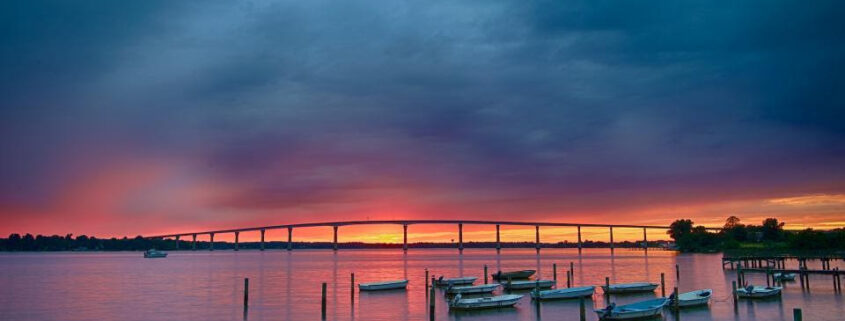
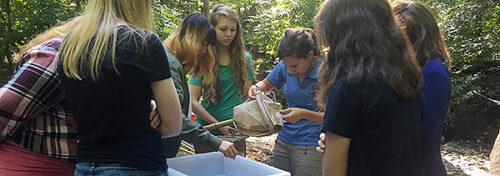
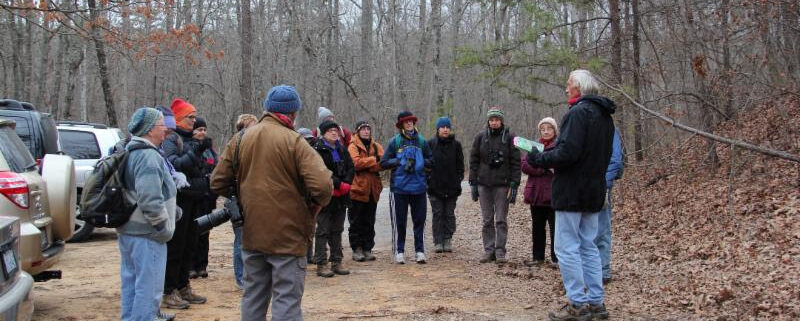
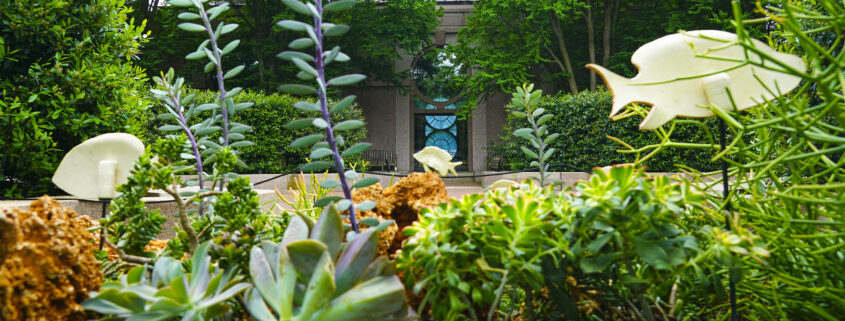


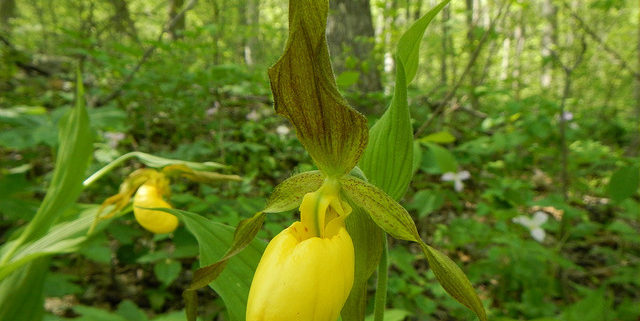
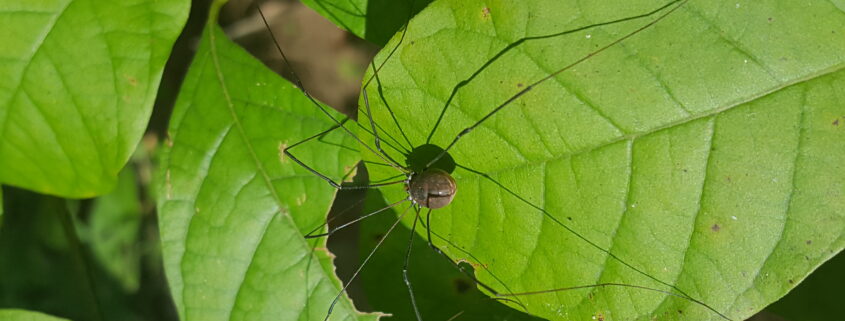
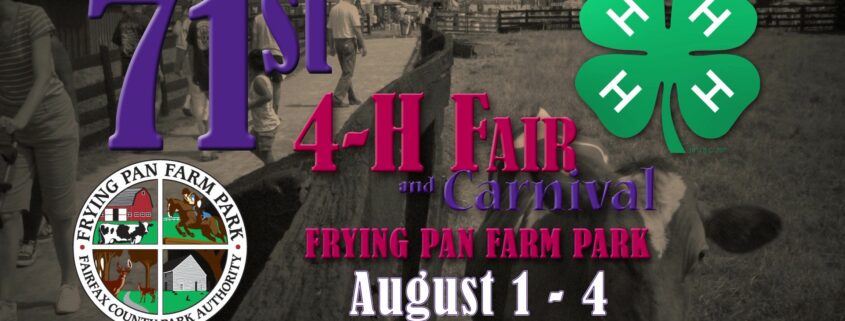
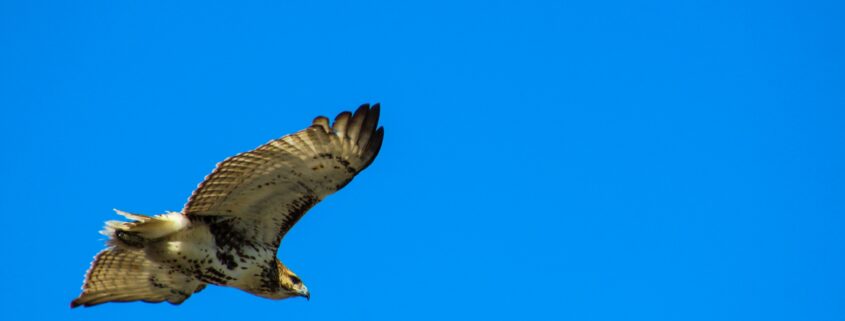
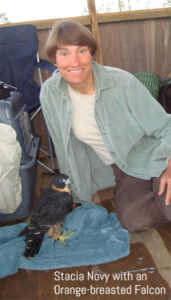 characteristics, identification and migration patterns, focusing on raptor species of the East Coast region. The presentation will be followed by a field trip for a day of hawk watching. You’ll apply knowledge learned in the workshop by observing kettles of Broad-winged Hawks, falcons, and other migrant raptors making their way south for the winter.
characteristics, identification and migration patterns, focusing on raptor species of the East Coast region. The presentation will be followed by a field trip for a day of hawk watching. You’ll apply knowledge learned in the workshop by observing kettles of Broad-winged Hawks, falcons, and other migrant raptors making their way south for the winter.